John D. O’Bryant, a civil rights leader of Martin Luther King Jr.’s era, is honored at new Boston Common statue
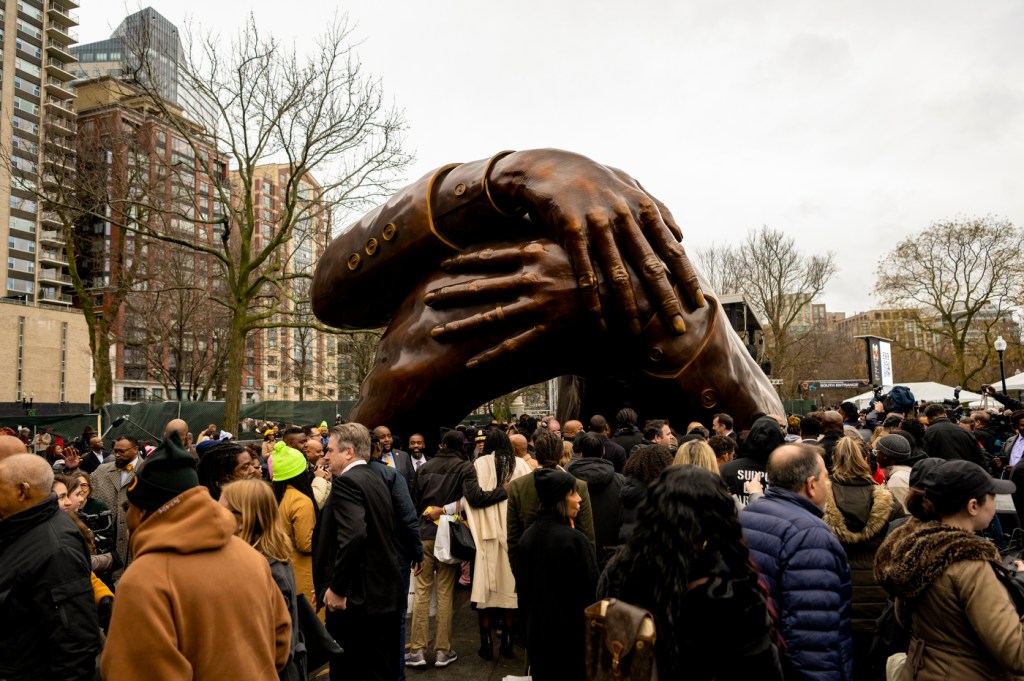
They stood still among a large crowd swirling around the new statue of Martin Luther King Jr. and his wife, Coretta Scott King. Its features had been unveiled minutes earlier. The 40,000-pound memorial of gorgeously polished bronze hovering over them was colossal and intimate and breathtaking.
Then Richard and James O’Bryant looked down at their feet and time seemed to stop again.
Facing up to them was their father’s name.
John D. O’Bryant.
The former vice president of student affairs at Northeastern was a renowned civil rights leader in Boston. The university’s African American Institute is named after him, as is the John D. O’Bryant School of Mathematics and Science in Roxbury.
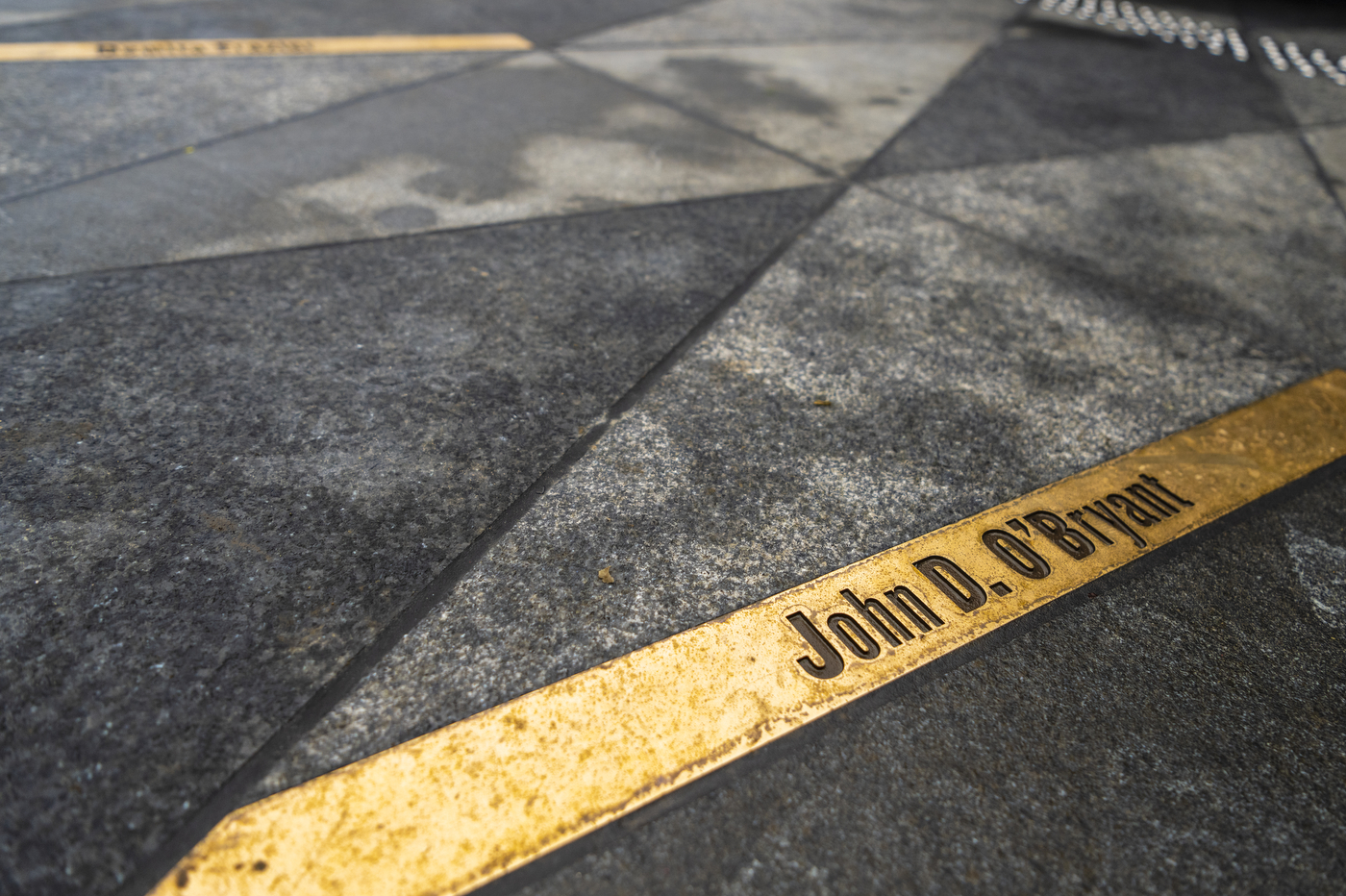
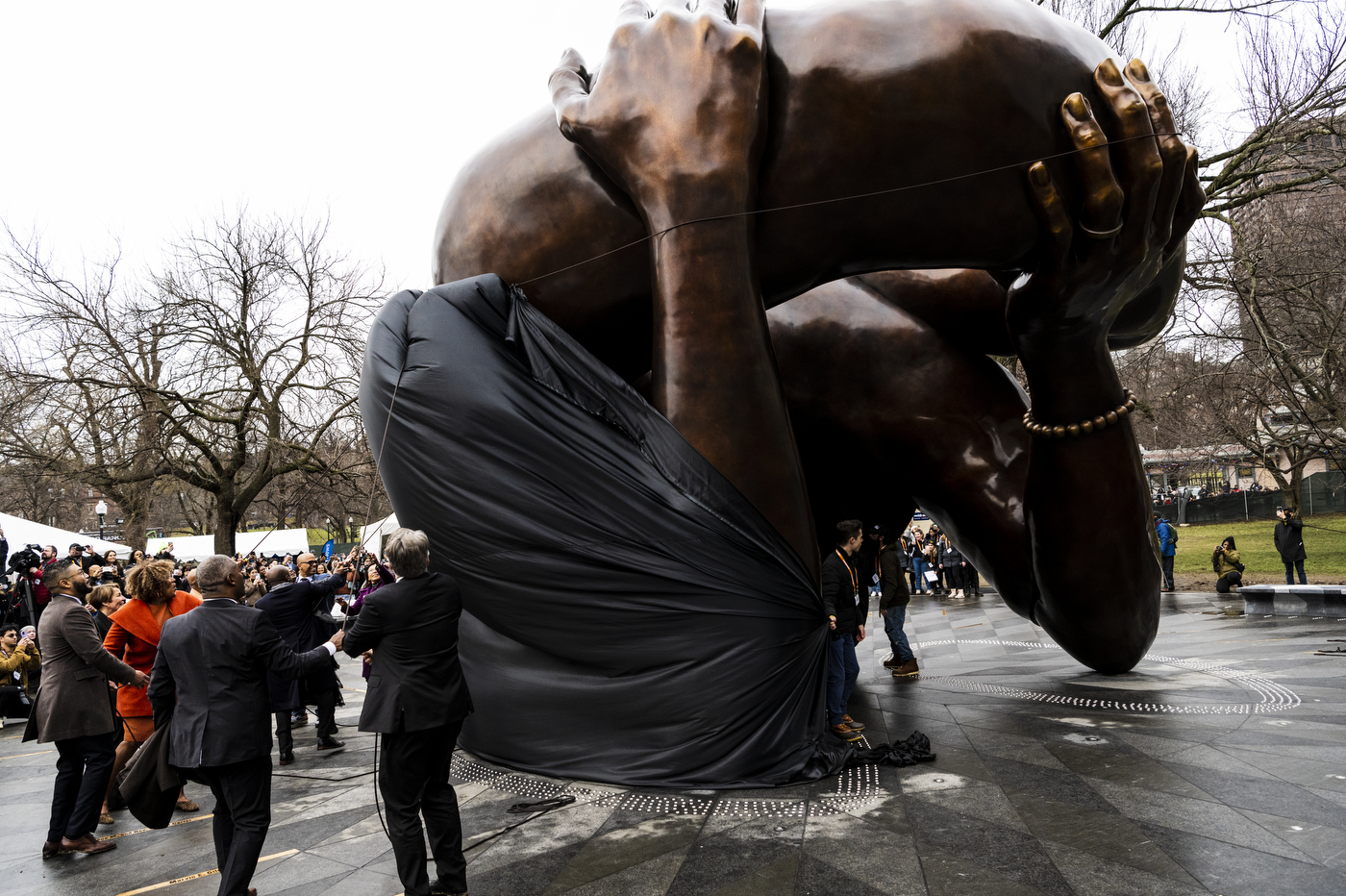
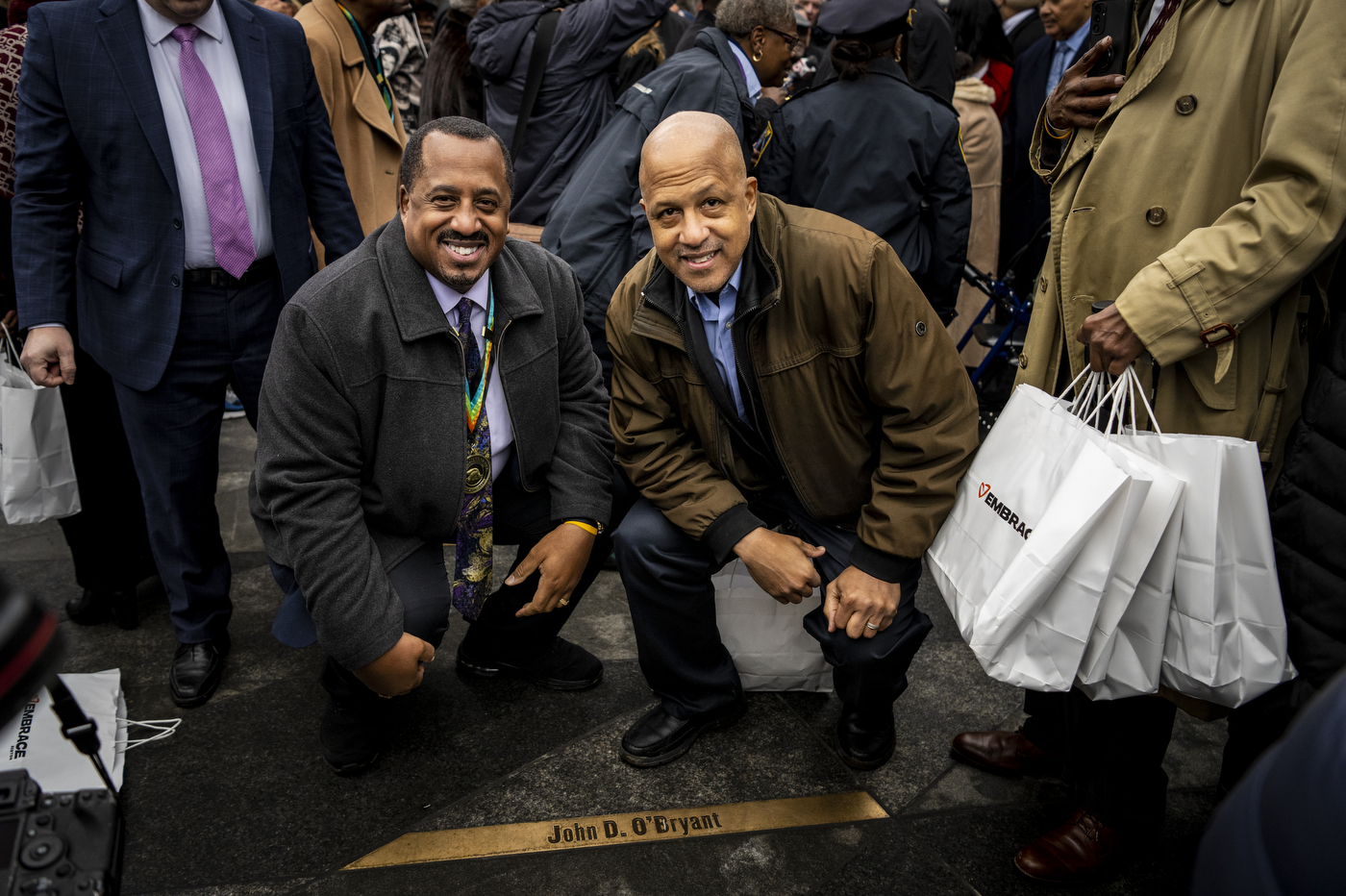
“It’s the culmination of all my dad’s work and his legacy,” said Richard O’Bryant, the longtime director of the John D. O’Bryant African American Institute at Northeastern. “It crystallizes all that he has done.”
After years of anticipation, beneath a low ceiling of sober clouds that held back the rain, the long-overdue Kings memorial—a 22-foot high artwork titled “The Embrace”—was officially unveiled Friday on Boston Common in the city where they met, fell in love and became partners in the civil rights movement. Embedded in its surrounding pavement were the names of 69 civil rights leaders of Boston whose works inspired and were inspired by the Kings.
The honorees included Charlotte M. Nelson—program director of the Center for Law, Equity and Race at Northeastern’s School of Law—and her late husband, Leon T. Nelson, founder of the Greater Roxbury Chamber of Commerce.
Charlotte Nelson, a Northeastern graduate who has been working at the university since 1979, was recognized by the City of Boston in 2018 for her “decades of service to the people of Boston and her commitment to racial justice and equity.”
At that time, Nelson put her approach into perspective: “I was taught right from wrong at a very young age,” she said. “And I remember seeing things that were grossly wrong. I wanted to be a part of fixing that.”
Via her associations with the NAACP, Northeastern and a variety of organizations in Massachusetts, Nelson’s activism and leadership have helped create equitable opportunities in Roxbury and other neighborhoods.
John D. O’Bryant, a U.S. Army veteran and former teacher in the Boston Public Schools, was among the honorees in no small part because of his election in 1977 as the first Black person in 75 years to serve on the Boston School Committee. He took on this responsibility as a Black man during the Boston busing crisis.
“I remember a lot of these other great names that he worked closely with,” Richard O’Bryant said of the honorees, each named aloud during a televised ceremony that preceded the unveiling. “He was one of those people who really believed that relationships were the key, that you had to develop good, healthy relationships with people to be able to get stuff done. And that was what he did.”
In the spirit of that time, O’Bryant was willing to take on tremendous risks in pursuit of a more just society. Richard’s brother, James O’Bryant, recalls participating in a 1974 parade in the Boston neighborhood of Dorchester amid the court-ordered desegregation of Boston public schools that was creating a social crisis of racist protests and violence.
Thirteen-year-old James was sitting in the back of a convertible with his mother, Cicily O’Bryant, while his father walked the parade in front of their slow-moving car.
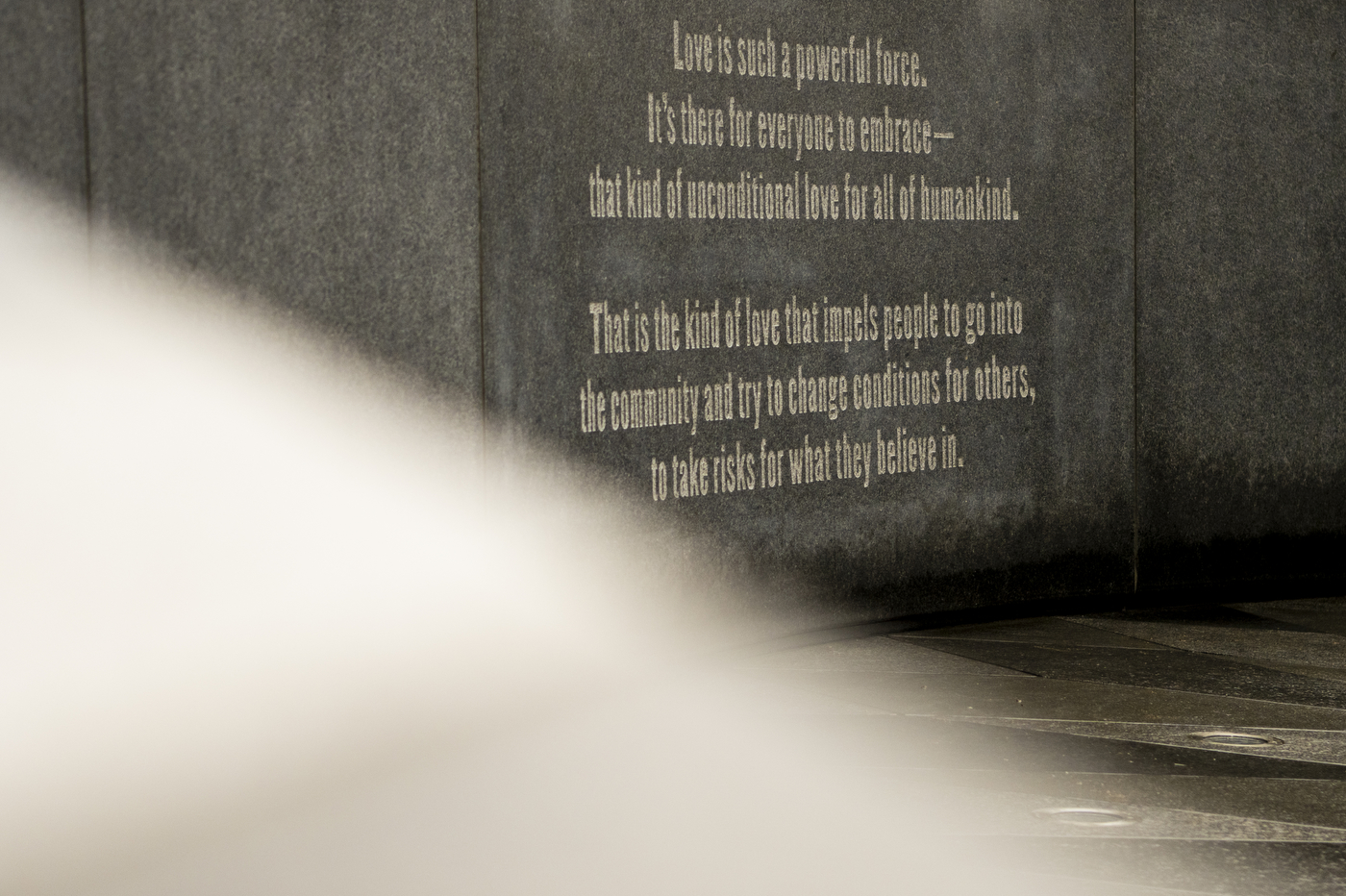
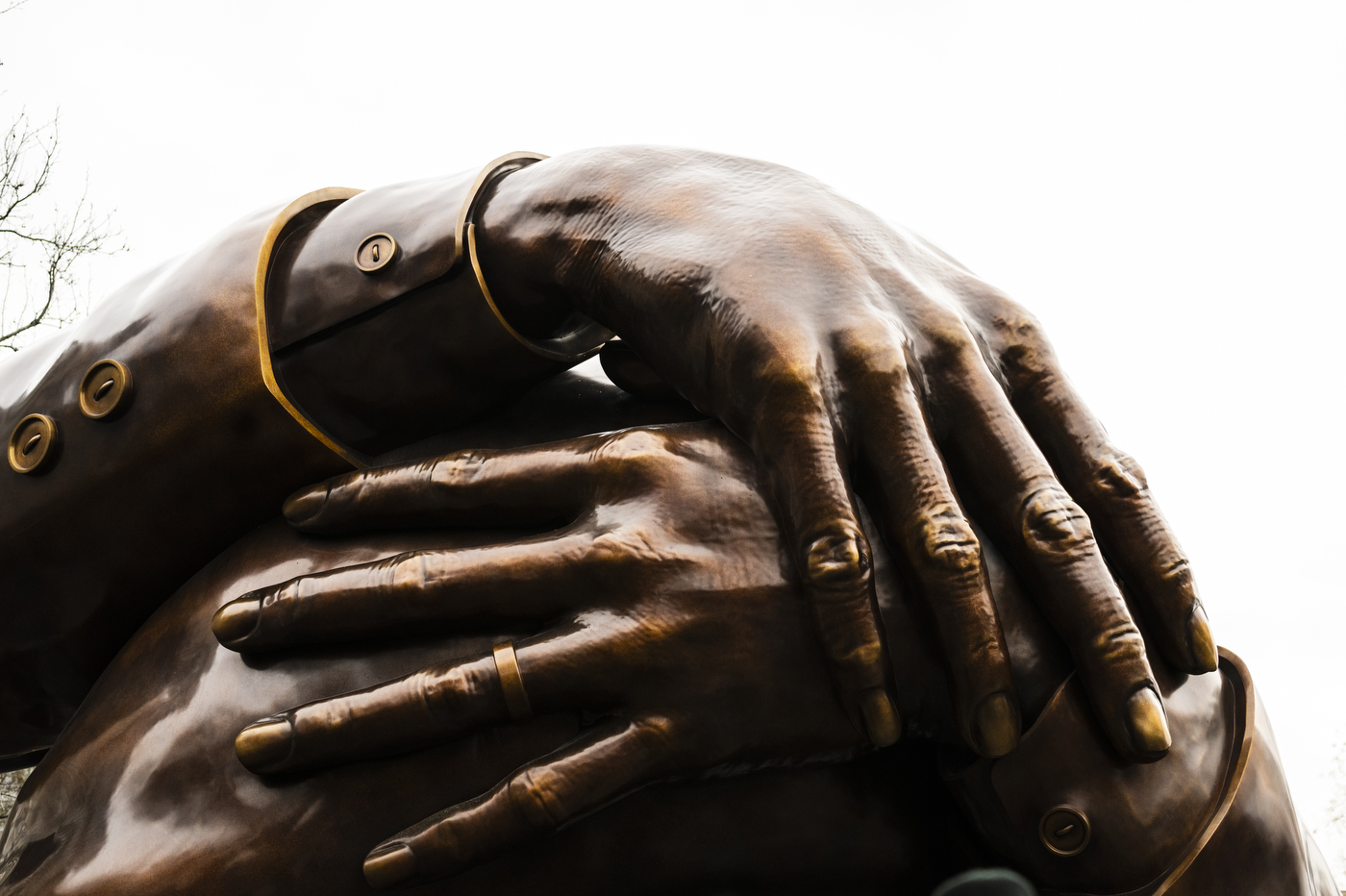
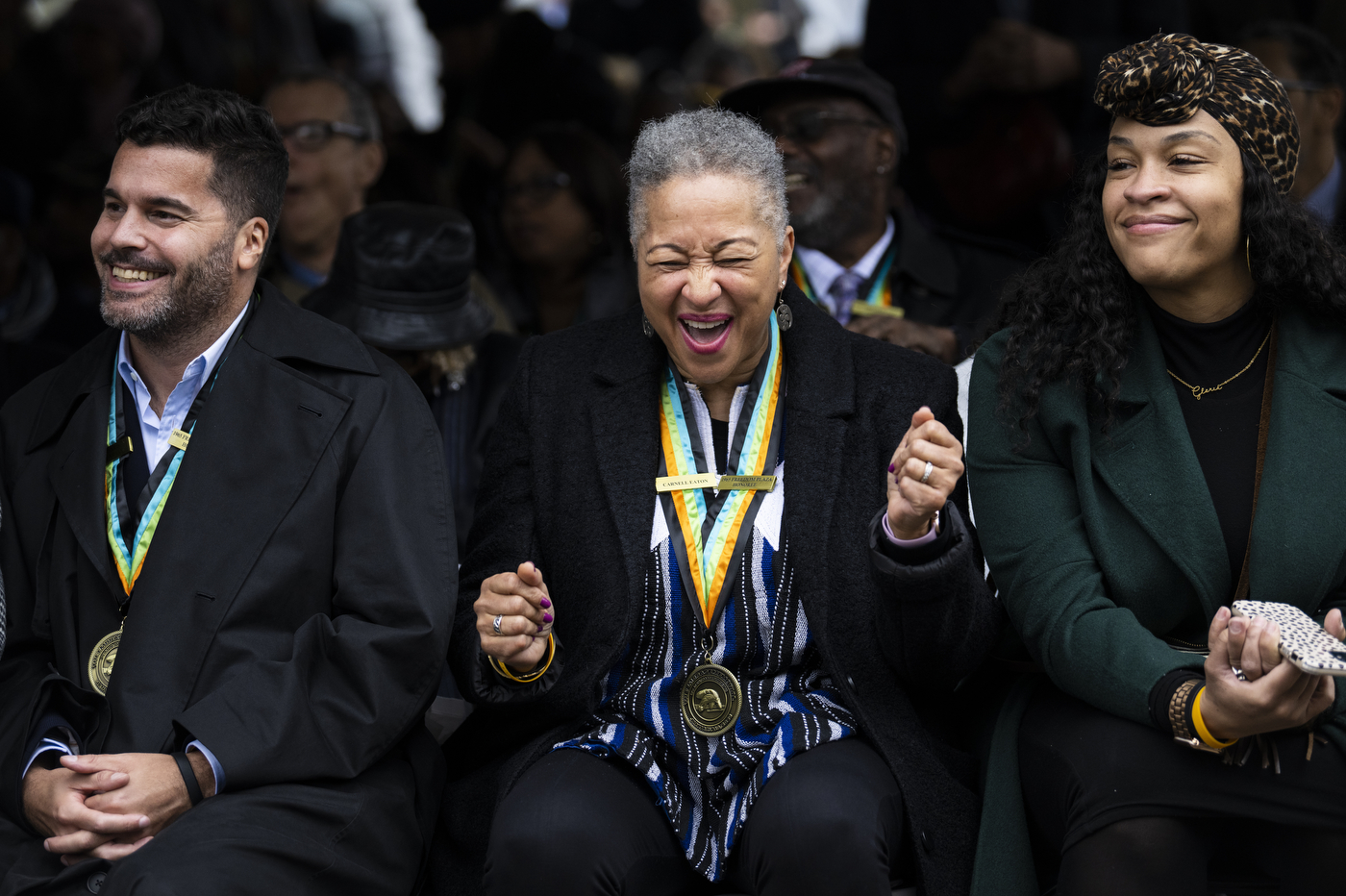

“I asked my father, ‘Why are they so angry? What are they yelling at us for?’ Because I had no idea,” recalls James O’Bryant, an information technology analyst at Northeastern. “He just said, ‘It’s not about you personally, it’s just the color of your skin. I’ll tell you later.’”
His father closed the convertible roof and then continued to walk in front of the car along the route of the parade. James remembers the sound of small rocks hitting the rooftop.
“He started getting death threats, so we had to have security outside the house to take him to work in the mornings,” says James O’Bryant, who is creating a documentary about his father. “We got phone calls from people saying, ‘I’m going to stick a knife in your father.’ ‘We’re going to kill him.’ I would pick up the phone to hear that.”
In 1951-54, Martin Luther King Jr. was a graduate student in Boston, where Coretta Scott was studying opera at the New England Conservatory of Music. A secretary at Roxbury’s Twelfth Baptist Church, where King was preaching, set them up. They were wed in Alabama but began their married life together in Boston, King would write.
King returned to Boston several times over the years.
“My father had several contacts with Dr. King in Boston,” Richard O’Bryant said.The renewal of the Kings’ memory in Boston made for a highly personal week for the O’Bryants. Richard helped put together a university celebration of King’s life and legacy on Thursday at East Village on the Boston campus.
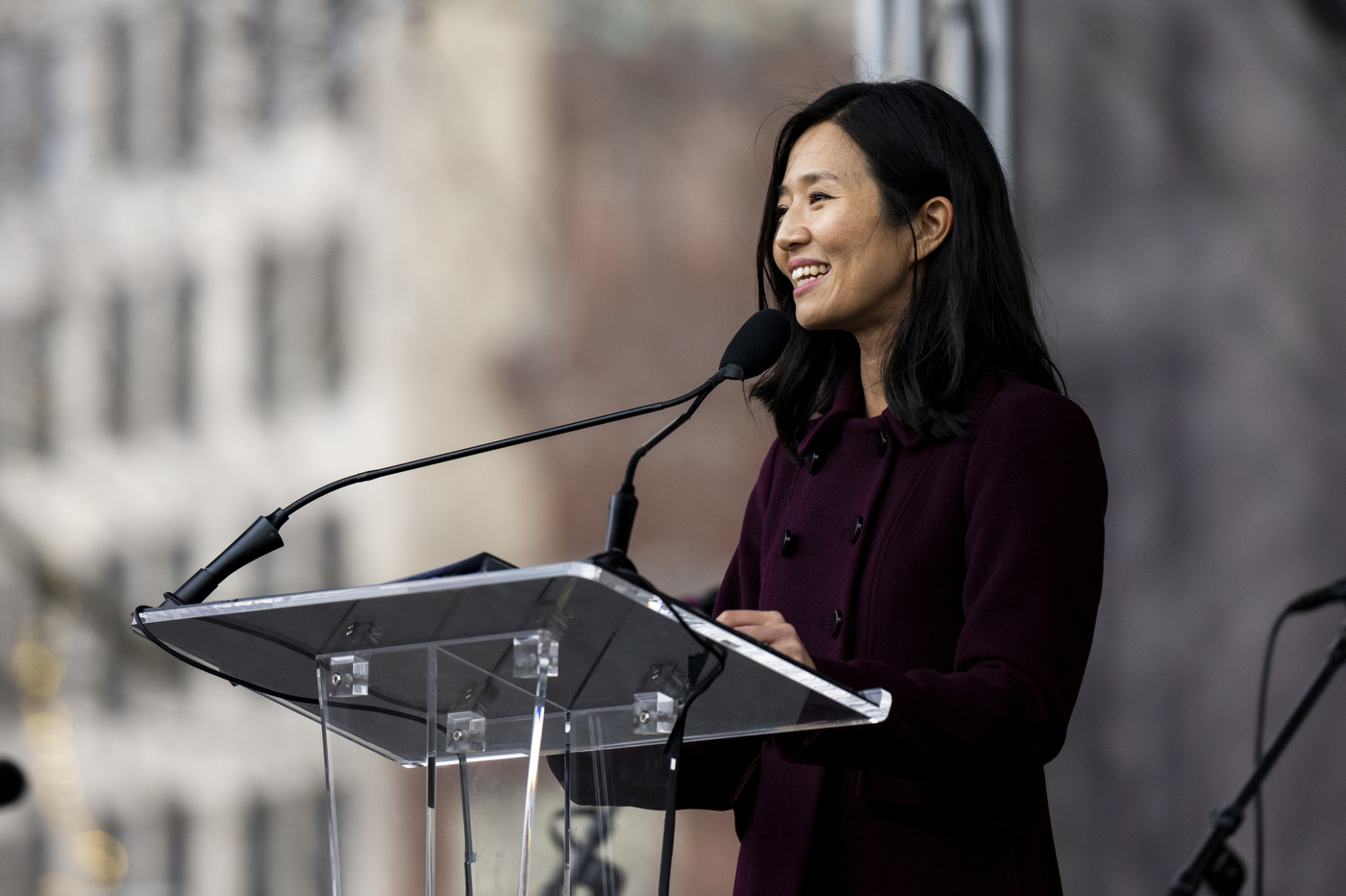
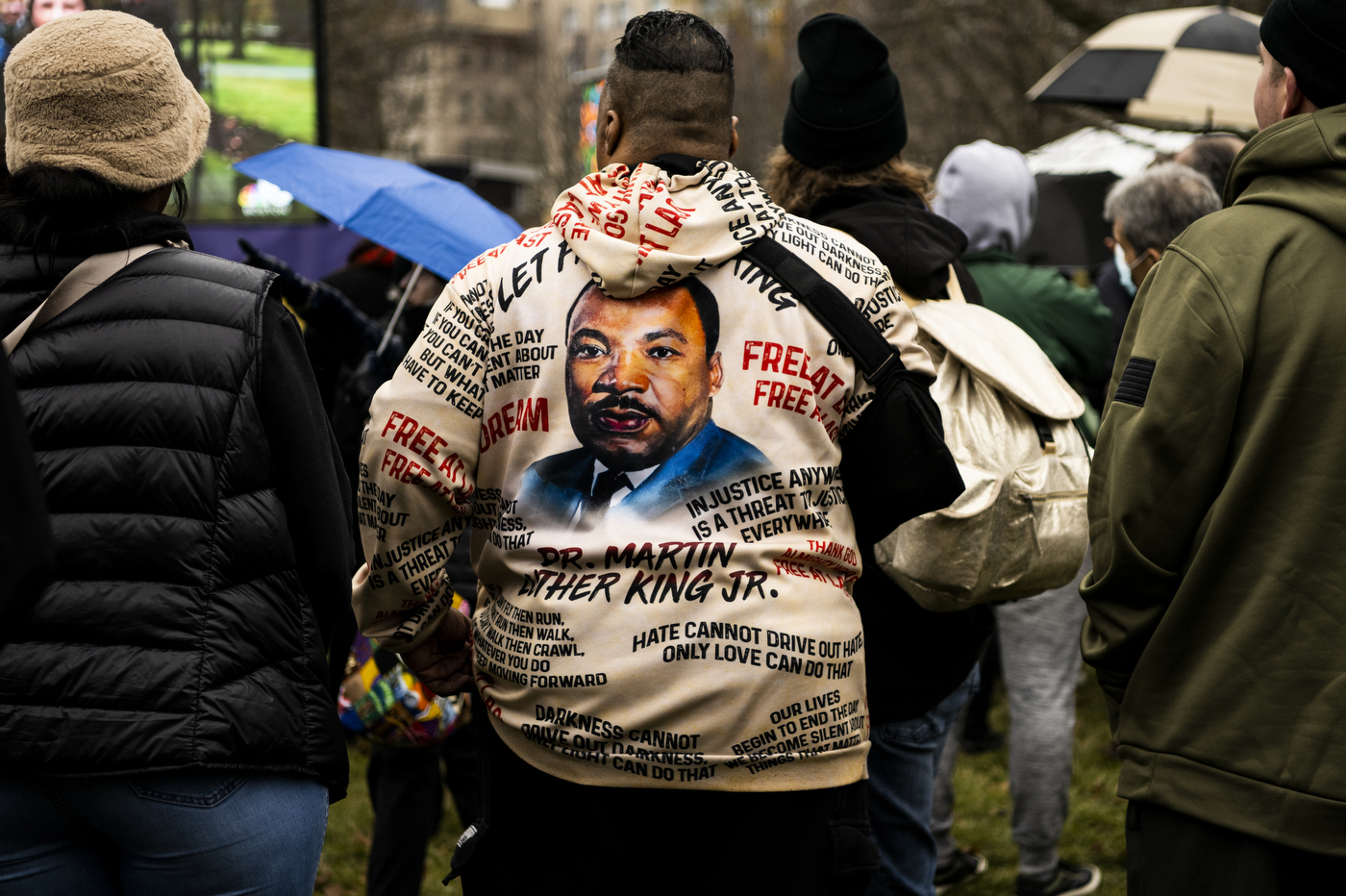
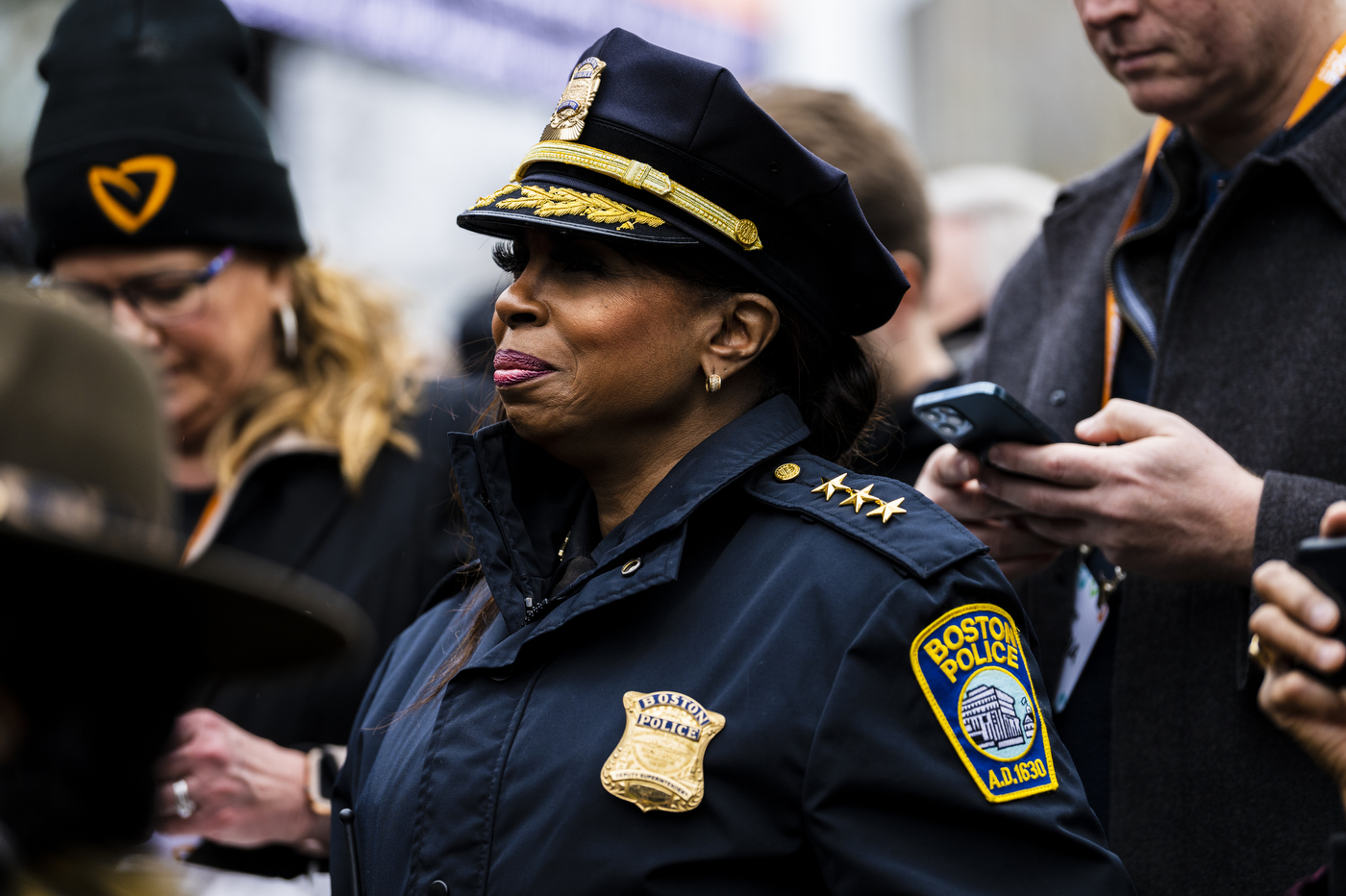
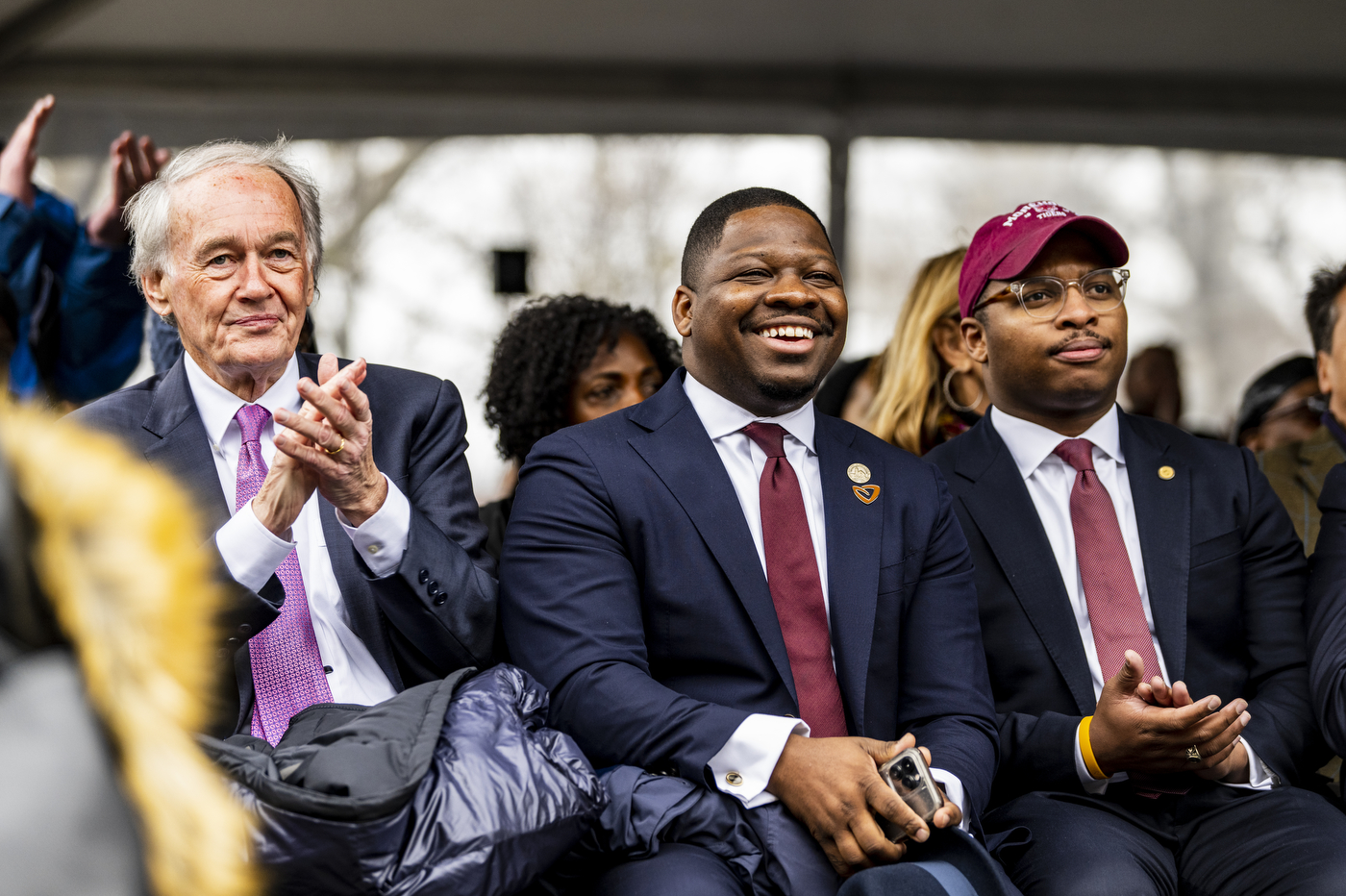
On Friday morning at the African American Institute, a talk was given by Adrienne Johnson Martin, executive editor at MLK50: Justice Through Journalism, a nonprofit that focuses news coverage on poverty, power and policy. The organization is based in Memphis, where King was assassinated in 1968, and which has served as site of the National Civil Rights Museum since 1991.
She spoke of her organization’s new wave of collaborative—as opposed to objective—journalism that has been heavily inspired by King’s philosophy. “We believe that poverty isn’t an accident, it’s a robbery,” she said.
After Martin’s presentation, a group of more than two dozen members of the Northeastern community boarded a bus to the 400-year-old Common, the United States’ first public park.
The ceremony featured speeches by a variety of regional government leaders as well as the family of Martin Luther King III. His wife, Andrea Waters King, noted that Coretta Scott King had been an equal partner who “was involved in the peace movement before her husband.”
That sense of balance drives “The Embrace,” a depiction of the famous hug shared by the couple moments after he had been awarded the 1964 Nobel Peace Prize. The statue depicts their entwined arms grasping and supporting each other. From a certain perspective it is shaped like a heart. Up close, the bronze appears to come to life.
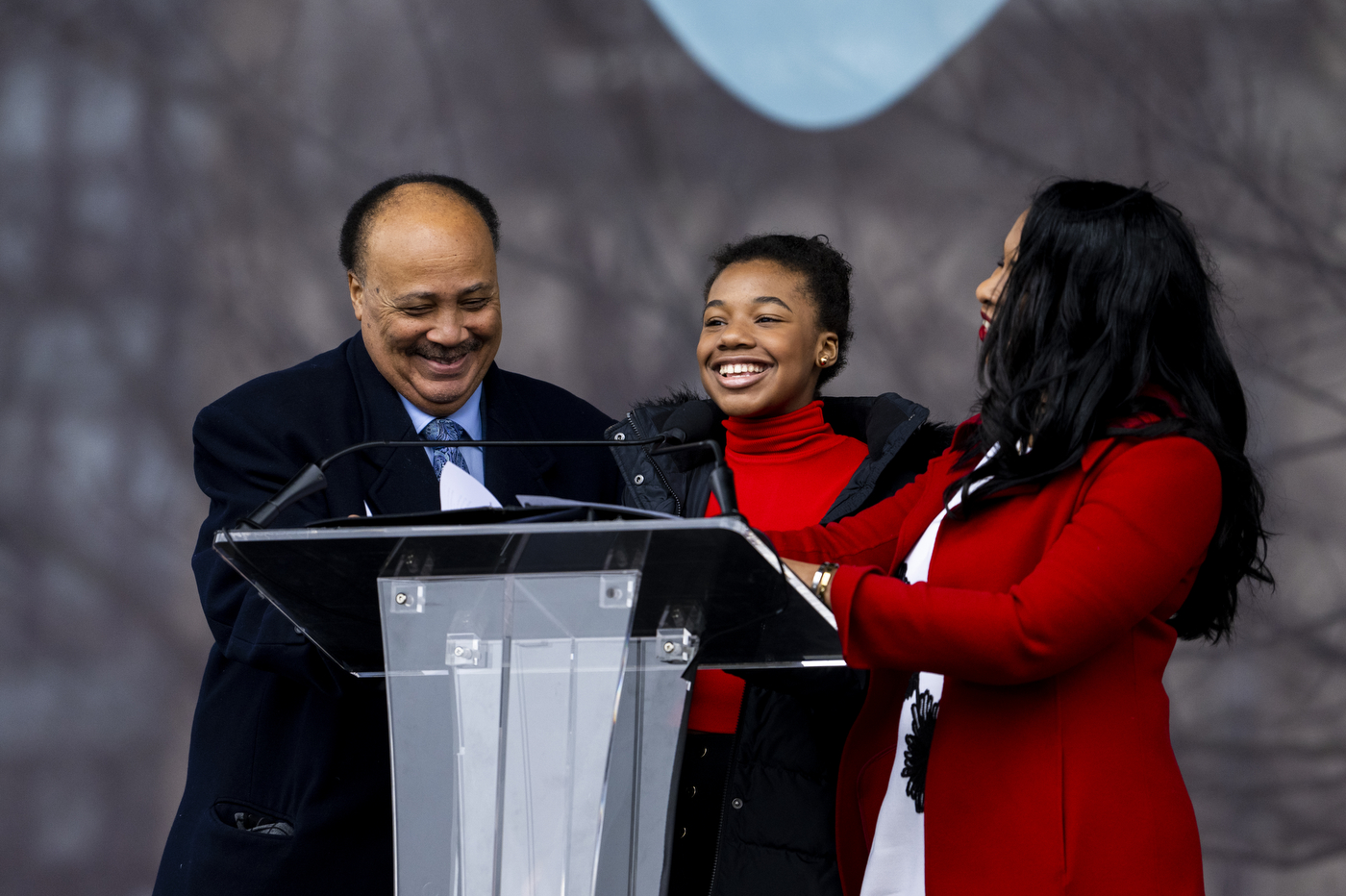
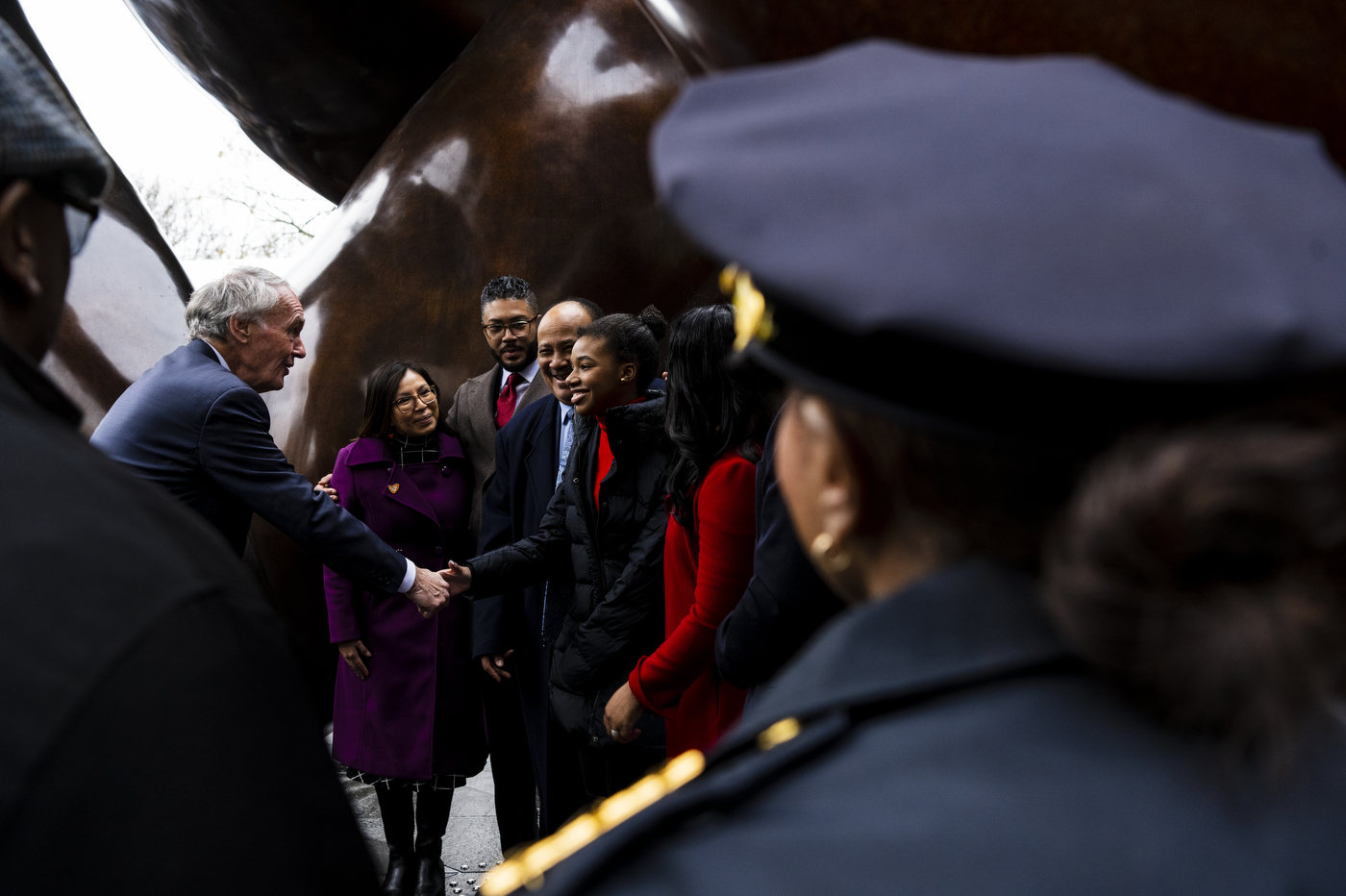
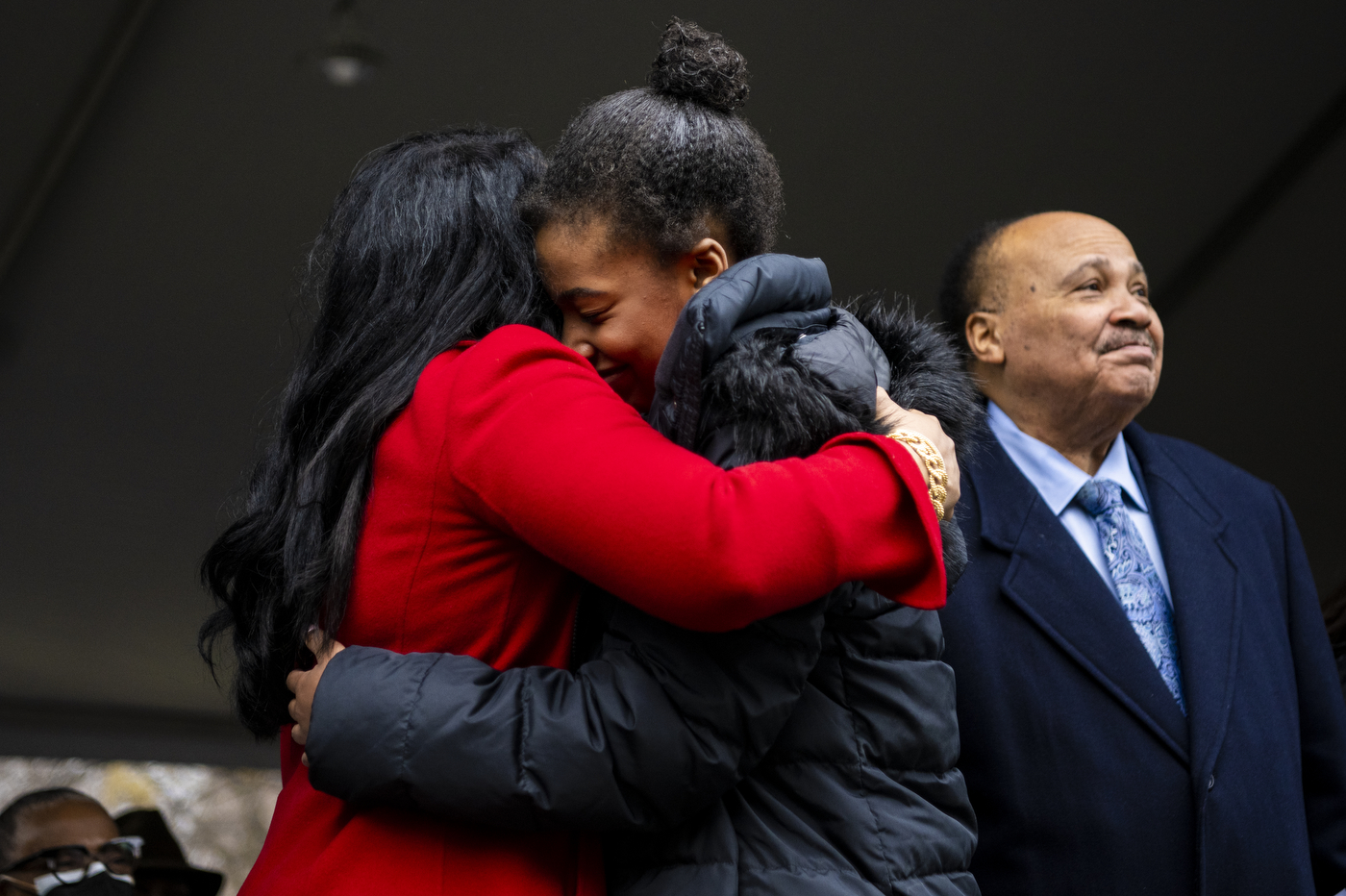
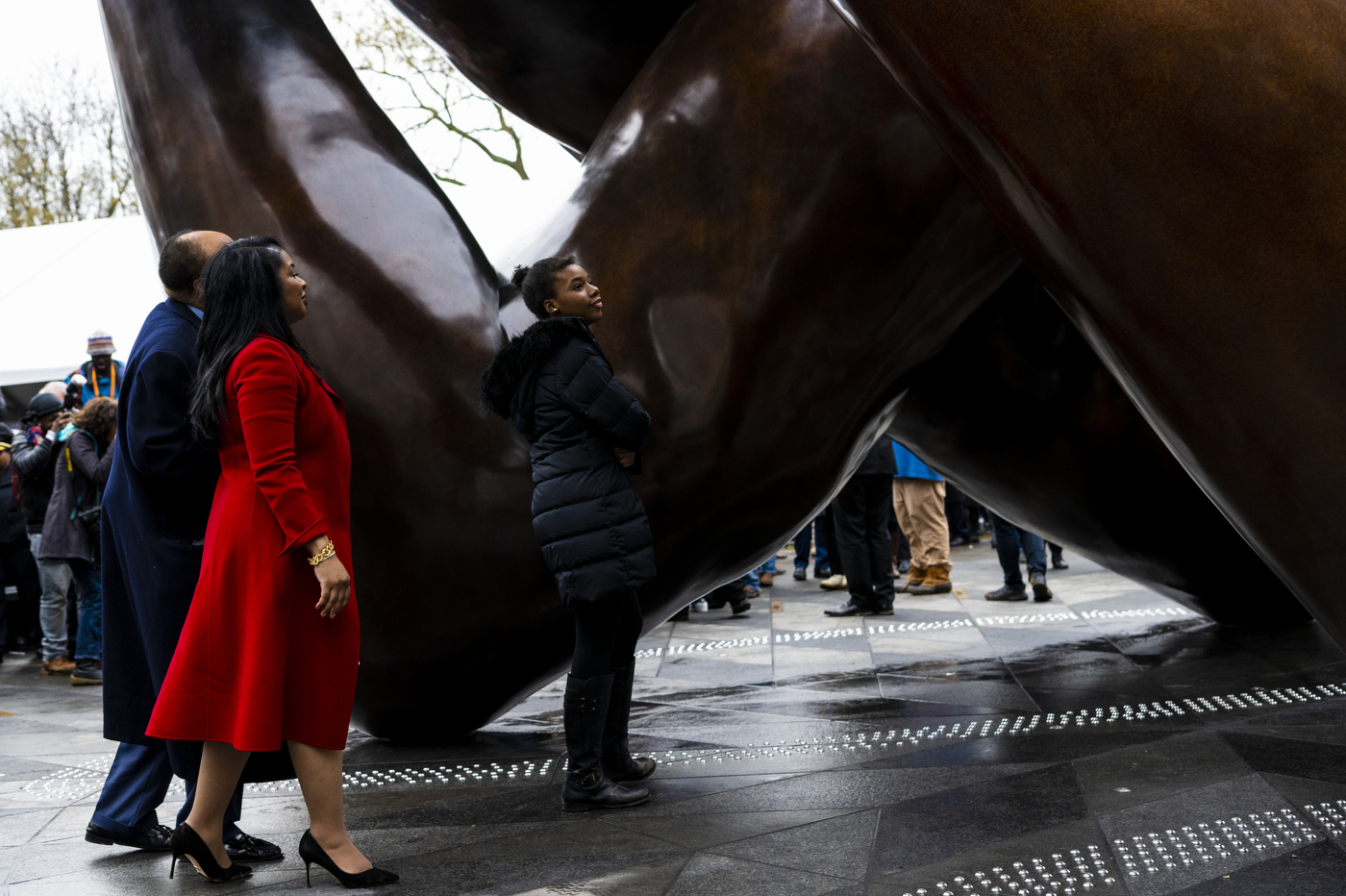
“I know I am not alone,” declared 14-year-old Yolanda Renee King, the civil rights leader’s lone grandchild, who stole the show with her passion and grace. “We are all children and grandchildren of Martin Luther and Coretta Scott King.”
The 1965 Freedom Plaza that commemorates John D. O’Bryant and his selfless peers was named in honor of a march of 20,000 people led by King from Carter Playground on the Northeastern campus and culminating with his speech on Boston Common.
“This memorial honors ministers and justices, artists and scientists, educators and advocates with countless outstretched arms and helping hands,” Boston Mayor Michelle Wu said.
The O’Bryants knew she was speaking of their father.
Ian Thomsen is a Northeastern Global News reporter. Email him at i.thomsen@northeastern.edu. Follow him on Twitter @IanatNU.





